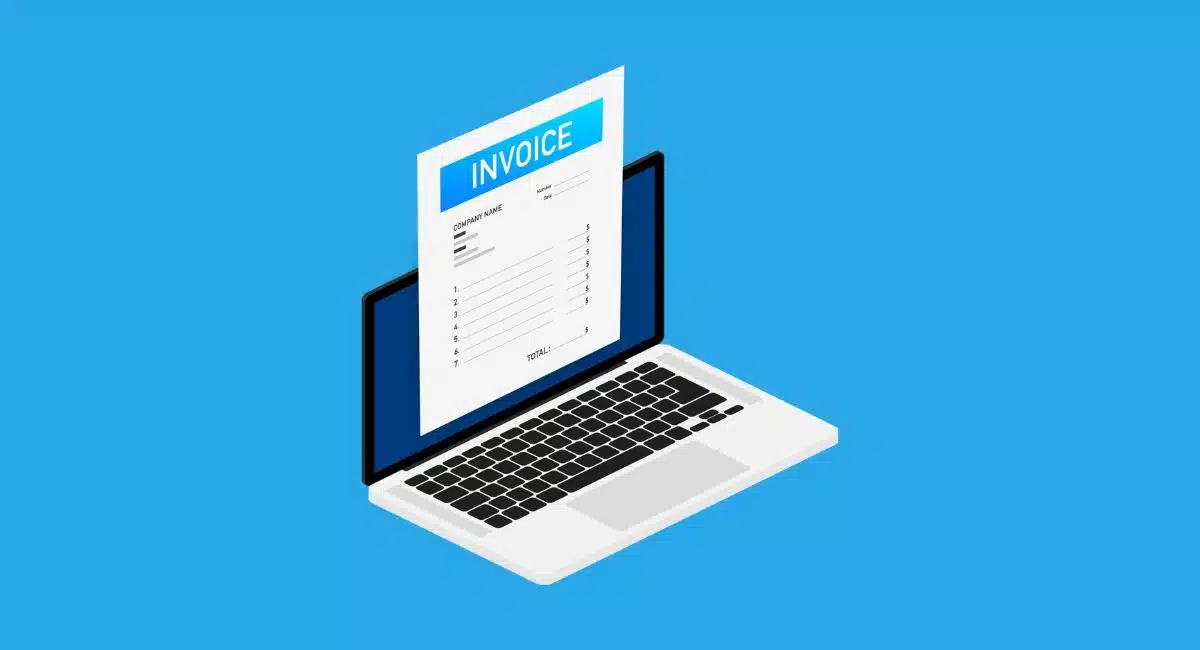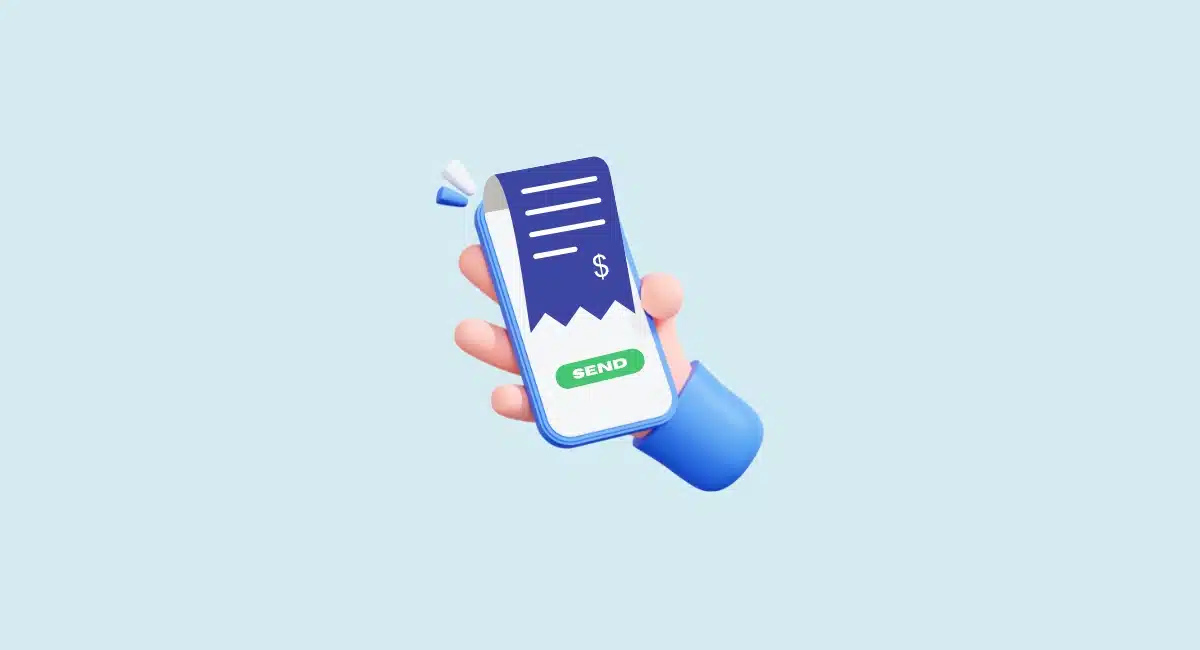An invoice and receipt serve two very different purposes. They may seem like interchangeable documents, but it’s important to understand their differences to use them correctly.
An invoice is basically a legal document requesting payment for products or services received. You may call it a “bill” since it specifies the items purchased and a payment due date. It can be used as a confirmation of the sale (not payment) and binds the customer to pay within 30 days or by the stated due date.
A receipt, on the other hand, is the document serving as proof of payment for the items listed on the receipt. Businesses only issue a receipt when a payment is received, and a receipt should be offered for every transaction (though the customer may not need it).
Let us look closer at the requirements for each document.
Characteristics of invoices and receipts
There are certain legal requirements for invoices and receipts in order to comply with HMRC and accounting systems.
According to GOV.UK, an invoice has to contain:
It is also standard practice to clearly state “invoice” in the title of the document, as well as payment instructions with e.g. bank account details. The invoice number should be part of a sequence that has no gaps when collating all your issued invoices (e.g. 001, 002, 003 as opposed to 001, 003, 005 etc.).
A receipt, on the other hand, only needs to include:
It should clearly state “receipt”. An outstanding balance may also be included if only a partial payment was made. A receipt does not normally include the customer’s details, only the details (like address) of the business receiving the payment. It is not a requirement to list the items being paid for, but it is encouraged for clarity.
When to issue each document
There are different stages of a sales process, and different documents reflect a specific stage.
Invoices, in particular, are issued when a client has agreed to the sale and committed to the payment (unlike pro forma invoices), but before the services or goods are delivered. The invoice thereby serves as a sort of sales contract that binds the business to provide its goods or services and the customer to pay for them by a certain date.
That being said, it is only a requirement by law in the UK for VAT-registered businesses to issue invoices. Many sole traders and companies not registered for VAT still decide to issue invoices to keep an orderly record of payments for bookkeeping.
Regardless of VAT status, receipts must be offered every time a customer or client pays a business. This is because an invoice does not prove whether it’s been paid. With a sales receipt, the customer can prove they paid on time and the business can file a copy for their accounting records.
If a business takes a payment immediately for a service or product provided there and then, it’s okay only to issue a sales receipt even if registered for VAT.
You can’t really combine an invoice with a receipt, although some invoicing apps attach “paid” labels to electronic invoices that were paid online via a link.




